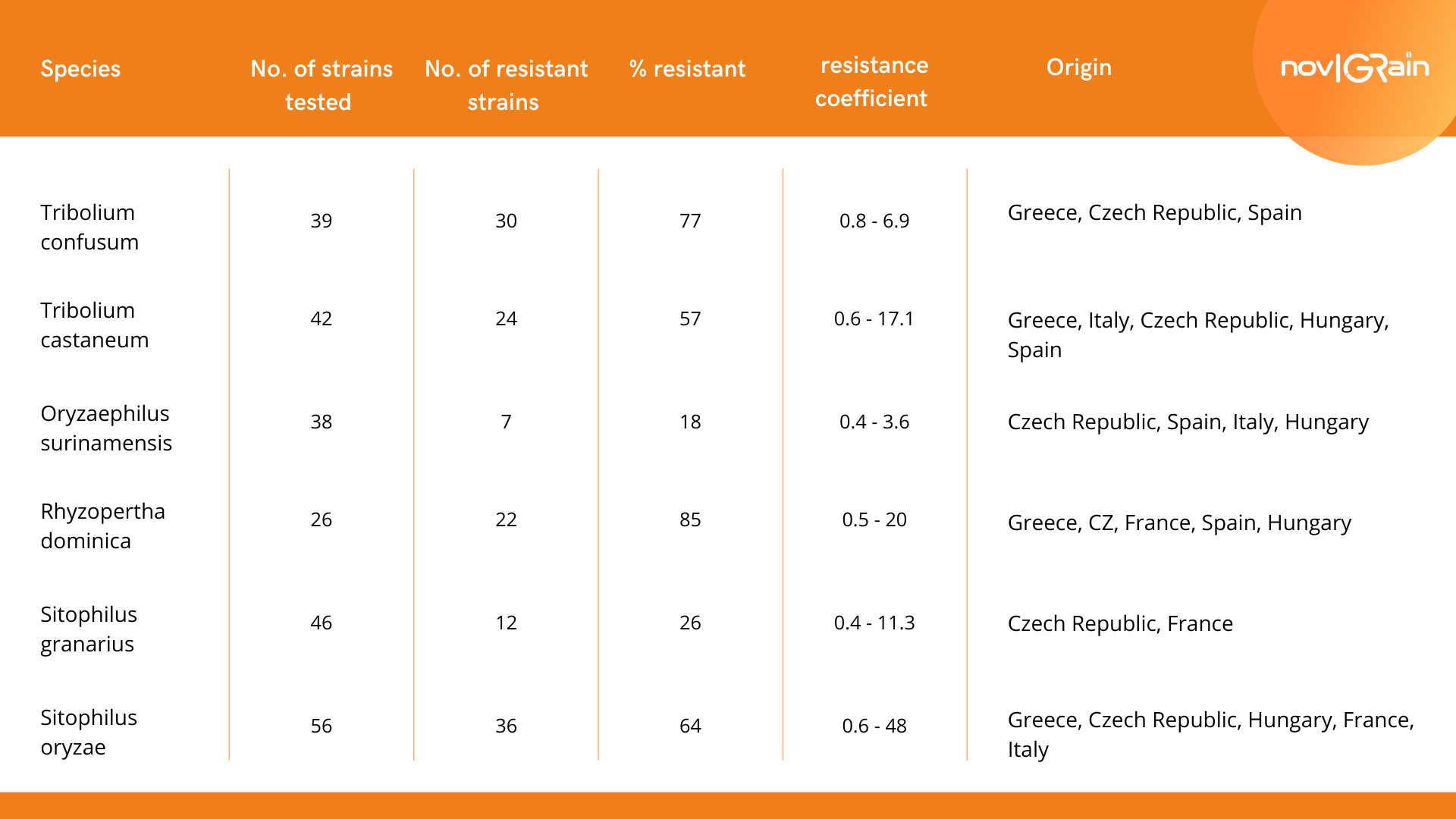CO-CREATION WORKSHOPS
In the second half of 2023 we organized the 2nd series of co-creation workshops for grain storage stakeholders. We started with two online workshops, the third one took place at the Babolna bio headquarters in Budapest.
These sessions embraced an interactive format, combining the dissemination of project results made so far along with engaging participants through an online, live questionnaire. Overall, the workshops successfully served their purpose and connected partners of the project with interested stakeholders.
Participants learned about the ongoing work in the novIGRain project, while the discussions generated in the workshop provided sufficient feedback for further work related to the development of the product and its market launch. COCERAL, the European Organization for Cereals (in short) participated to one of the workshops and expressed their support for the project’s development.

Co-creation workshop at the Babolna bio office in Budapest, Hungary.
PLANS FOR 2024
On February the 22nd and 23rd project partners Maxiline (project coordinator) and United Experts are organizing the yearly consortium meeting. This year the meeting will take place in the capital of the EU: Brussels. On the first day the partners will discuss last year’s progress and the further implementation of the project planning. The second day we’ll visit the European Parliament and the European quarter, fostering collaboration among partners.
The research will continue as planned this year. For the development of the dual spraying too, the first field studies by Babolna Bio and SOJAM are planned in the second half of the year. The dossier for the approval to the market of the novel larvicide, is also being prepared continuously. For the resistance research, the Crop Research Institute (CRI) will publish a sampling manual. This manual will support storage professionals to take good samples and send them to our lab for testing. The novIGRain project tests these samples for free and uses the results anonymously to map resistance in Europe. The grain storage facility on the other hand will receive the results as well, providing them with essential information for better pest control on site.
In the table below you can find the results of tests on phosphine resistance executed so far by CRI. The current results indicate significant differences in the frequency (%) and range of resistance to phosphine among the tested species and populations. The highest resistance was recorded in Rhyzopertha dominica; resistance was observed in 85% out of the collected and tested 26 strains.
Interested in learning more? Check out all our publications on the publications page of our website!
 Resistant strains to phosphine and their proportion to the No. of strains that has been tested so far (source: Crop Research Institute).
Resistant strains to phosphine and their proportion to the No. of strains that has been tested so far (source: Crop Research Institute).
In our commitment to sustainability, we’re embarking on social and environmental life cycle assessments (LCAs) alongside a cost-benefit analysis. In parallel, we’ll bring all our knowledge from the resistancy research as well as the impact assessments together to give advice on better integrated pest management control. To facilitate this, the research team from the Crop Research Institute and United Experts will build a decision-supporting tool to guide plant protection product users in selecting the best pest control methods for their needs. For instance, research shows that some products are currently used in too high dosages, contributing to resistance in grain storage pests without obtaining better protection. Interesting right?
This newsletter provides a glimpse of our agenda for 2024. If you would like some more information a topic, please feel free to reach out to us at contact@novigrain.eu.
We’re looking forward to a sustainable and innovative year, filled with new developments and insights. We’ll keep you posted on our website and social media pages, so make sure you keep following us!

